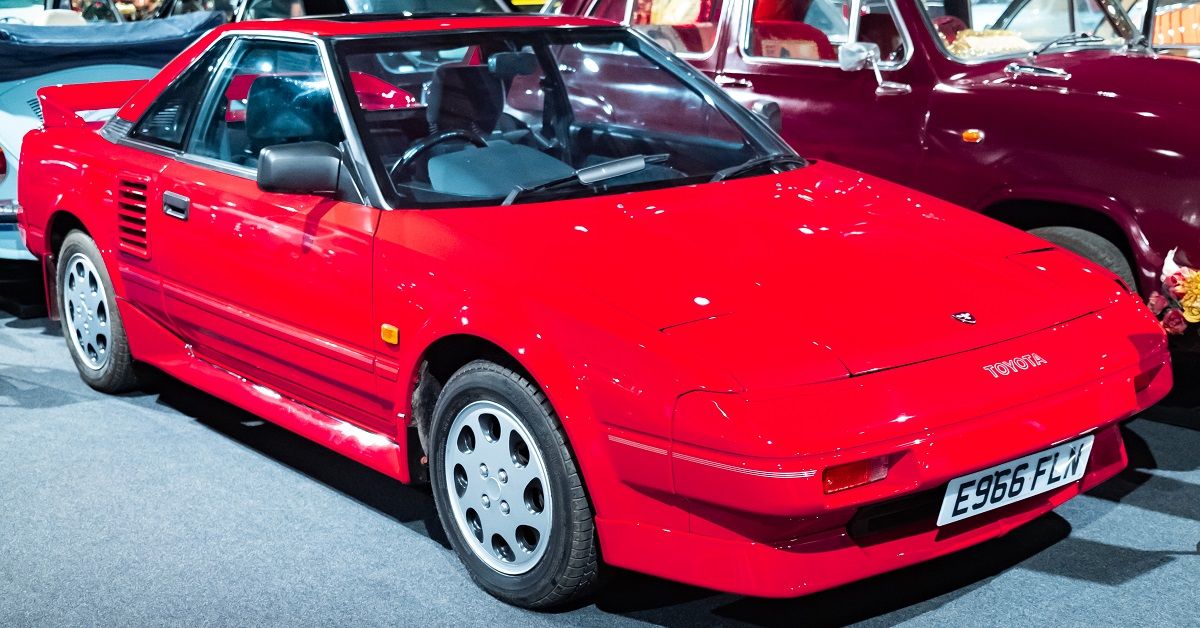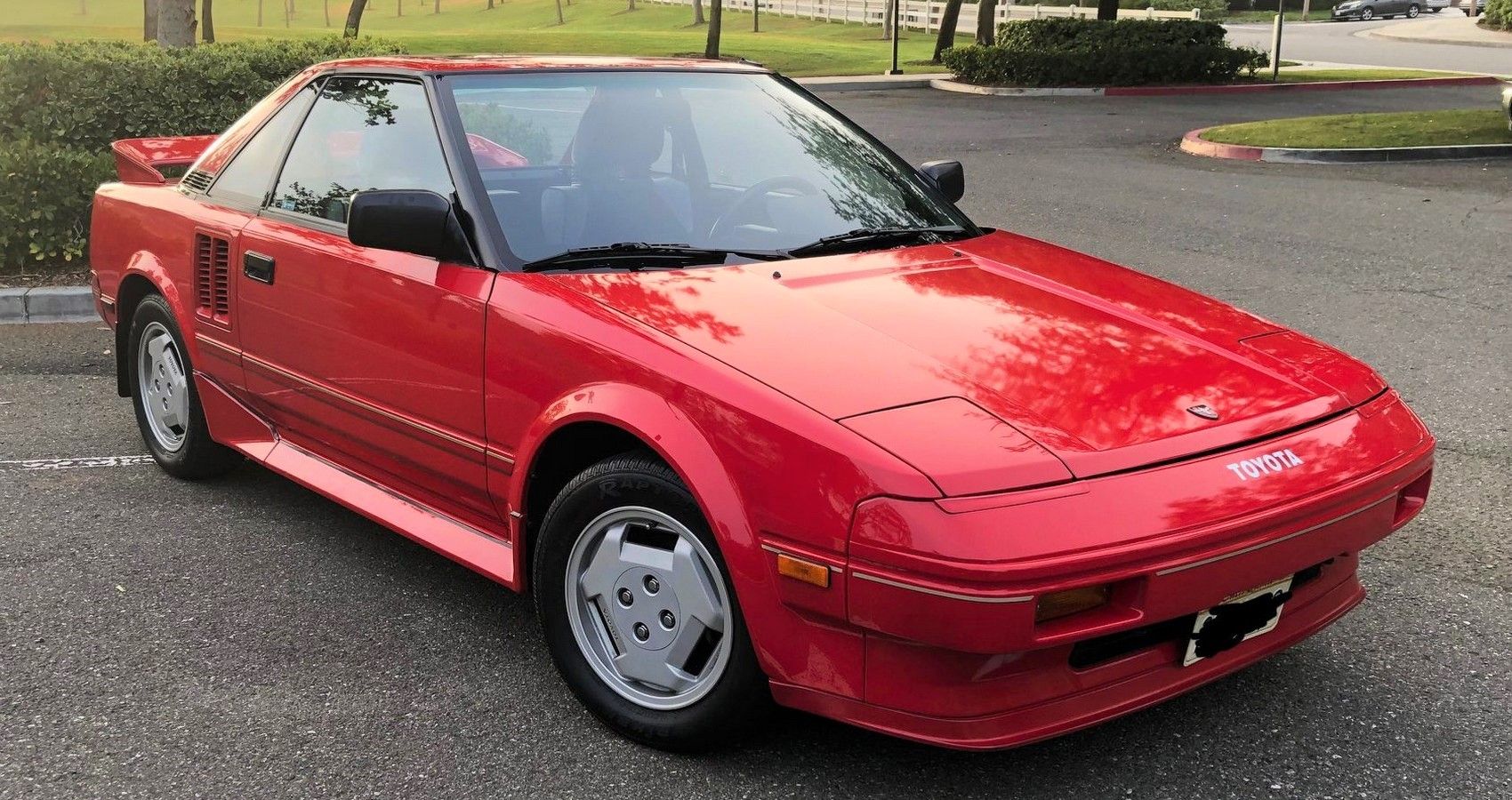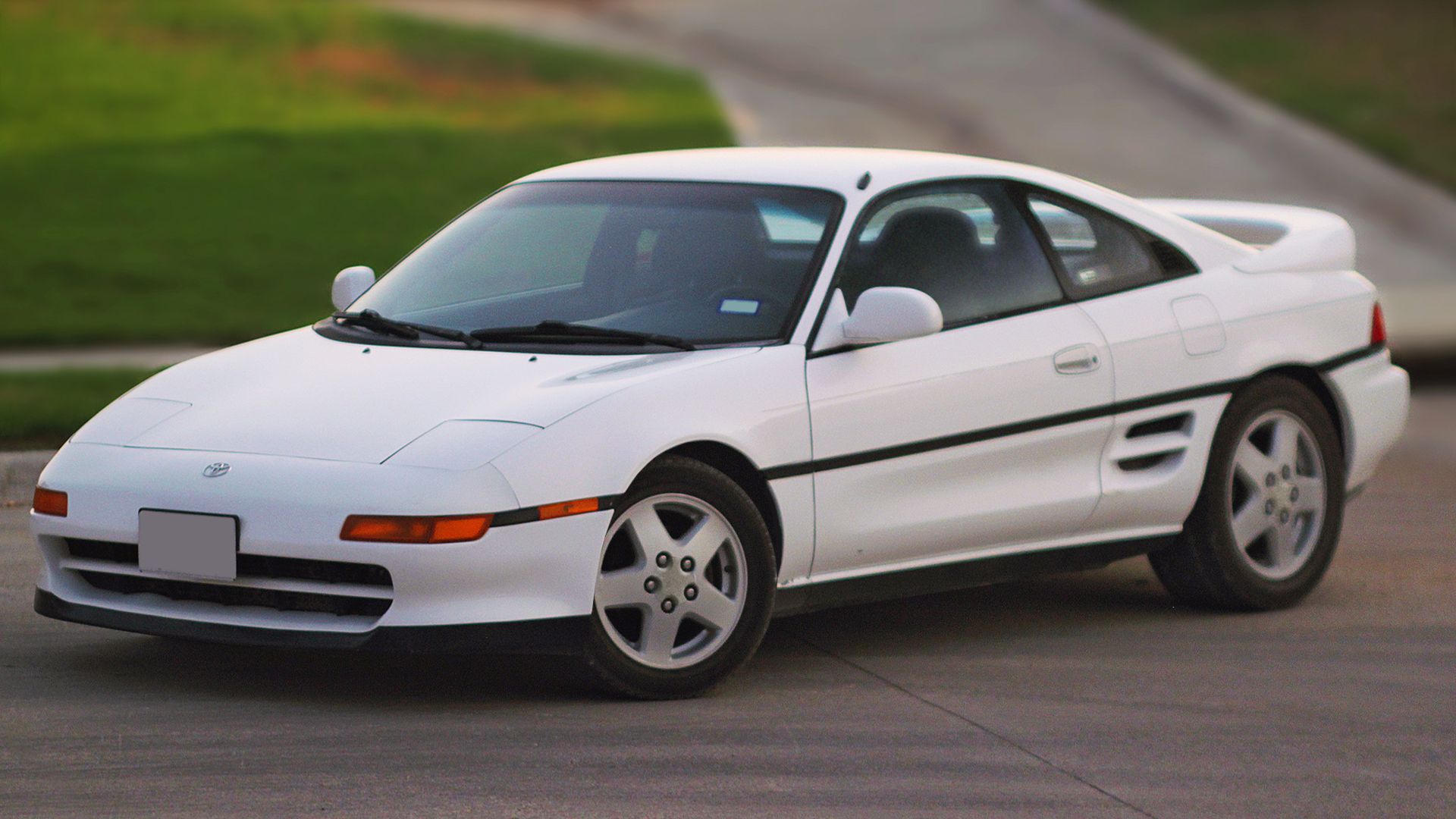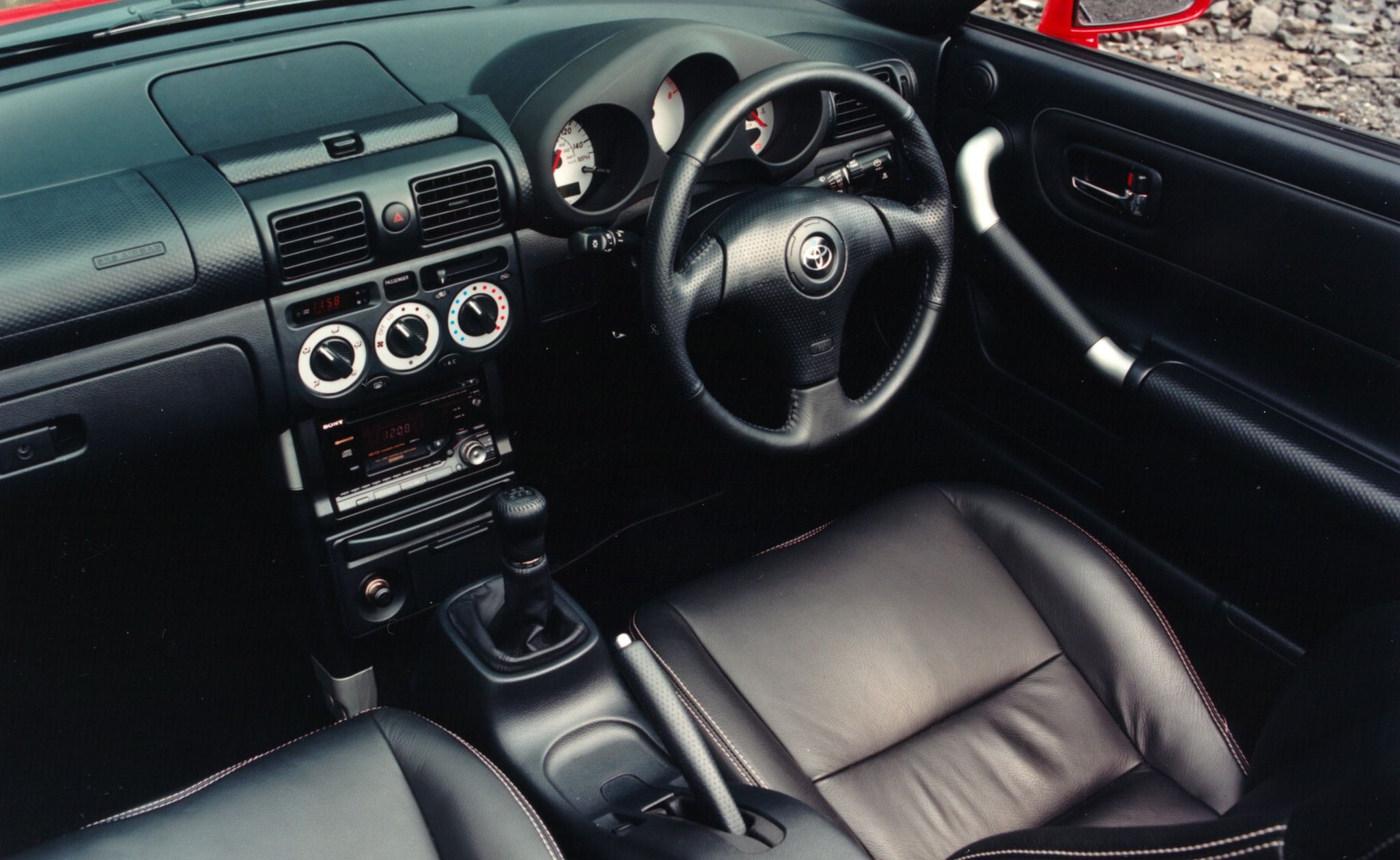The 1990s, for plenty of reasons, produced some of the best cars ever to be made. It was a time just before digitization, where cars were safer than before but not too heavy and overly laden with extra precautions, and when engineering progress gave cars adequate power to be fast but be fun under the speed limit.
This era is dominated by those JDM legends, the Skylines, Subaru WRX, Lancer Evolutions, and all those sports cars made by Toyota. The Supra nameplate became legendary, with the 2JZ engine being a darling of the tuner scene and its more affordable sibling, the Celica, a giant on the rally scene.
At the same time, Toyota produced another sports car to complete their holy trinity, the MR2. With the engine in the middle and the power being sent to the rear wheels, it gave the driving experience of a Ferrari with the price tag of an MX-5. Seeing production across three decades and three generations Toyota's mid-engined car came as both a Coupe and a Convertible, with each becoming an icon in its own right.
MR2 stood for "mid-ship run-about 2-seater", referring to the engineer's intentions for the car, it was to be an affordable run around with a sporting twist.
First Generation Of The Toyota MR2
The first-generation MR2, internally known as the W10, was produced between 1984 and 1989. The car saw yearly revisions, but the overall design and formula remained the same; with a traditional three-box design and aggressive 1980s computer-designed wedge aesthetic, it is a world away from the cars that would follow in the second and third generation.
This design makes complete sense when compared to Toyota's models at the time, the Corolla shared the same point front fascia but more importantly, so did the AE86, otherwise known as the car from Initial D. At launch, the MR2 came with a modest 1.5-liter engine, this was quickly replaced in 1986 with the 1.4-liter engines which came with or without a supercharger. The engines with forced induction produced a little over 140 horsepower, in a car that weighed a little over 1000 kilograms was a recipe for success.
The contemporary Mark 1 Golf Gti weighed in at 870 kilograms but was down thirty horsepower on the MR2. This first MR2 was planned to race for Toyota's prestige. On the twistier European rally stages, the longer Celica models had struggled, so a special MR2 was produced known as 222D; however, it never escaped the prototype stage.
Second Generation Of The Toyota MR2
Despite the car being incredibly different from the NA MX-5 when it launched in 1989, the two competed for the same customers. This MR2 cost around $12,000, roughly $27,000 in today's money; the MX-5 was up for grabs for just shy of $14,000. This second MR2 was a stark contrast to the previous model, smooth and sleek in its design. Every rough surface had been smoothed off, just like the Lotus M100 Elan, which launched the same year.
With this model being on sale until 1999, it was stablemates with the iconic fourth-generation Supra, which was released in 1993, these cars took Toyota into the new Millenium and set their design motifs for the years to come. Four different engines were available but the most powerful was the Turbocharged 3S-GTE which gave the MR2 a little over 200 hp, more than any competing factory MX-5. Even more, impressively the MR2 could beat the Honda NSX and Ferrari 348 TB on the quarter-mile, achieving a time of 13.1 seconds.
This generation saw a few special versions made, the TRD2000GT and Tom's TO20 being the primary examples of this with aggressive body kits and more powerful engines these are the most desirable cars. However with the Supra acting as Toyota's halo car, the spotlight was taken away from this brilliant little sports car, but all that was set to change in 2002.
The Third Generation Of The Toyota MR2
The fourth-generation Supra left production in 2002, there was no successor set to be released and one would not come until 2019. With the more exciting car exiting production this allowed the third generation MR2 to now step up. The Celica had been highly successful until its seventh generation which ditched the all-wheel-drive system which led to its rallying success, instead of swapping to a front-wheel-drive setup, a disappointing move for Toyota's fans. However, this left the MR2 as the soul sports car in the range in the noughties.
Porsche's saving grace the 986 Boxster had hit the roads for the 1997 model year and now the MR2 had some more direct competition. This third-generation came in for 2000 and saw production until 2007. The design stepped away from the sleek look of the previous car and became chunkier but whilst still maintaining the same proportions. When placed side by side with the original Boxster the similarities are undeniable, Toyota must have drawn a little inspiration from their competition to add a little more shape to the incredibly round vehicle. But the MR2 still undercut the competition, a new Boxster cost over $40,000 and the MR2 costing just under $25,000.
Toyota gave the third generation of the car a 1.8-liter engine, a relative of the engine found in the Lotus Elise. With used examples coming up for sale in their droves with a high regularity the reliability of this VVT engine is unquestioned. With less power than the previous car, it did at first appear to be a downgrade but only coming as a convertible and with a soft top, it now weighed under 1000 kilograms. From 2002 Toyota fitted the car with a six-speed manual transmission which made driving a lot more pleasurable.
The car went on to challenge in the Super-GT championship and performed exceptionally well, even making an appearance in a Lightning McQueen-inspired livery. But the most interesting of all the final MR2s was Zagato's 2001 car, a re-bodied two-door, Italian design with Japanese engineering, in other words, an enthusiasts dream. Across all generations, the MR2 sold more than 300,000 cars, impressive sales figures for a sports car with a relatively small boot. But with final orders being made in 2006 it was the end of Toyota's era of sports car production.




